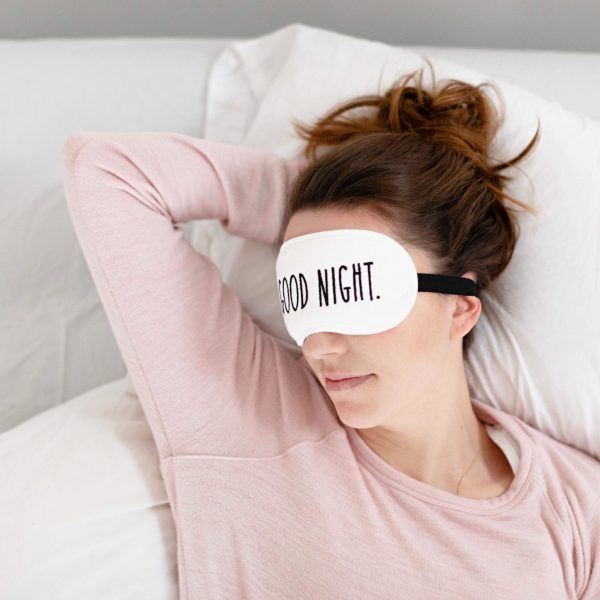
It’s 8 pm, you are just sitting down with a nice glass of vino, and you hear those pitter-patter footsteps coming down the stairs. “Mommy I need a sip of water ” they say. Then 5 minutes later, “I have to use the potty”. Ten minutes after that, “Why is the sky blue?”.
Most parents have gone through this at least a few times, but if this is how every evening goes for you then let’s decrease those curtain calls!
First, let’s discuss what is happening within your little one’s mind and body. If this occurrence is happening night after night then in the medical world it is classified as “behavioral insomnia of childhood, limit setting type”(Vriend, J., & Corkum, P. , 2011). Basically, it just means that there is a refusal to go to bed and/or repeated requests are used as attempts to delay bedtime. Behavioral insomnia is actually very common and affects approximately 25% of children, usually between 2-8 years old.
Here are 3 steps to decreasing your child’s bedtime curtain calls:
- Check on your child’s bedtime. Sleep needs tend to change between 2-5 years. At age two a child can require 11-14 hours in 24 hours and then from 3-5 years they now only require 10-13 hours in 24 hours. This may mean shortening a nap, or dropping the nap all together if needed. If a 3-5-year-old is napping still then often a later bedtime is required at least until the insomnia is under control.
- Check the sleep environment. You can more easily explain rules and expectations to a 4 to 5-year-old compared to a 2 to 3-year-old. It’s for this reason that I recommend not switching to a toddler bed or twin bed until sleep is going well. Believe me, if your child is having trouble falling asleep in a crib then you absolutely want to address that first before switching to a bed, this will only escalate the problem. It also is helpful to help your child understand the expectations around sleep! Help them by showing them how to tell time or use a toddler clock, check out my YouTube video on that here!
- Institute a bedtime pass. A bedtime pass is a piece of paper that is used for just that, a pass. You explain to your child that the pass is good for one excused departure from the bedroom per night, whether that’s to use the bathroom, get one more hug, or tell you to scratch their foot 🙂 If they can keep the pass until the morning they will get a small prize. After a week or two, once their insomnia has improved, they have the confidence to fall asleep quickly and no longer will need a prize.
Want a bedtime pass freebie download? Check out my resources here
After trying the above tips if your child is still coming out 10 times after you tuck them in, don’t fret! Often times it can take consistency, a plan, and someone (me) to support you along the way for a few weeks. Book a discovery call today so we can make your nest a rested one!

References:
Vriend, J., & Corkum, P. (2011). Clinical management of behavioral insomnia of childhood. Psychology research and behavior management, 4, 69–79. https://doi.org/10.2147/PRBM.S14057


